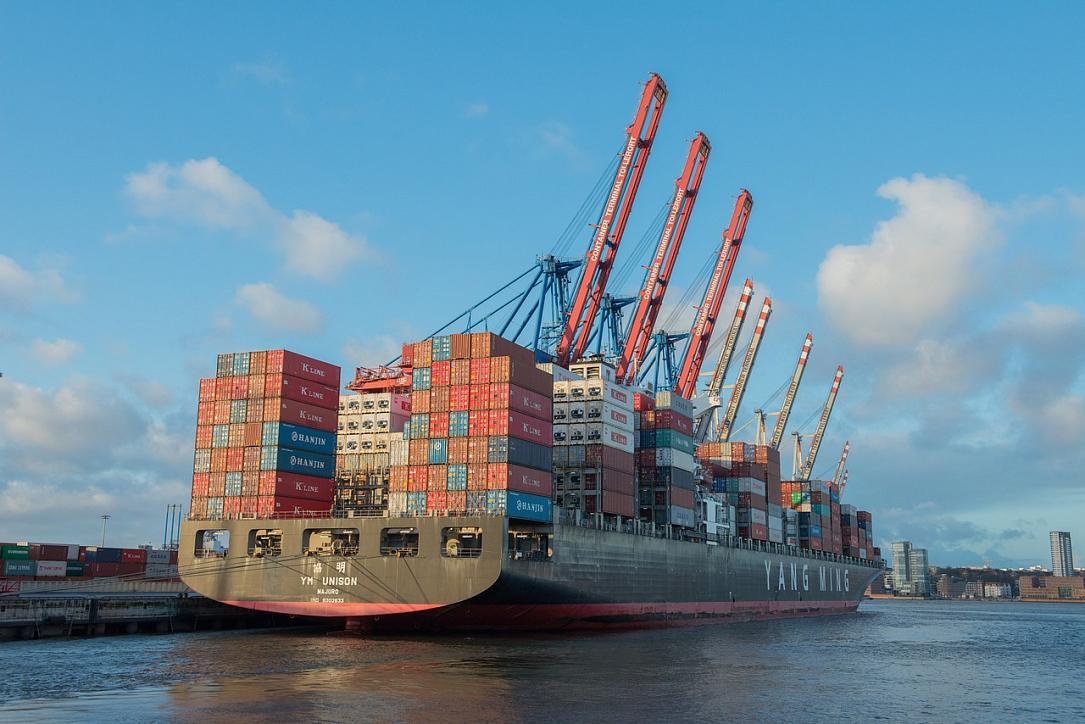Romania’s January foreign trade data send mixed messages

Romania’s trade deficit continued to increase in January 2020, to EUR 1.32 billion, 3.9% more than in the same month of 2019, according to data from the statistics office INS.
However, the difference between the growth rate of imports (3.3% year-on-year) and that of exports (3.4% year-on-year) has decreased substantially, Ziarul Financiar daily commented on an optimistic note.
The 3.3% rise in exports (compared to 1.9% annual average increase last year) is indeed encouraging in itself, but the dynamics of the industry reflected by more recent polls among managers tone down the excessive optimism.
Furthermore, the expected slowdown in external demand poses major question marks on the country’s industry and exports’ dynamics. In regard to January alone, the car production of the Ford factory was a key driver behind the improvement in the country’s exports.
Separately, the moderate rise of the imports (3.4% year-on-year versus 4.2% in 2019) should rather be interpreted as the steady robust domestic consumption.
In January 2019, the imports soared by 9.4% year-on-year (and by 11.1% year-on-year in February), setting a rather high base that explains the misleading low increase seen in January 2020.
The 12-month rolling trade gap has widened from EUR 15.1 bln at the end of 2018 to EUR 17.3 bln at the end of 2019 - meaning by EUR 2 bln, or 1% of GDP.
In 2019, Romania used for consumption or investments the equivalent of 4% of the gross value added it produced - which is sustainable only on a short to medium term.
(Photo: Pixabay)
editor@romania-insider.com













